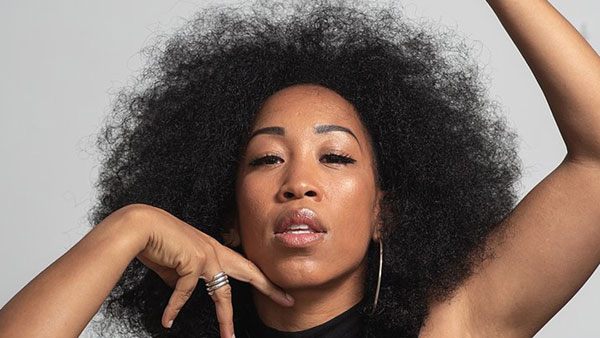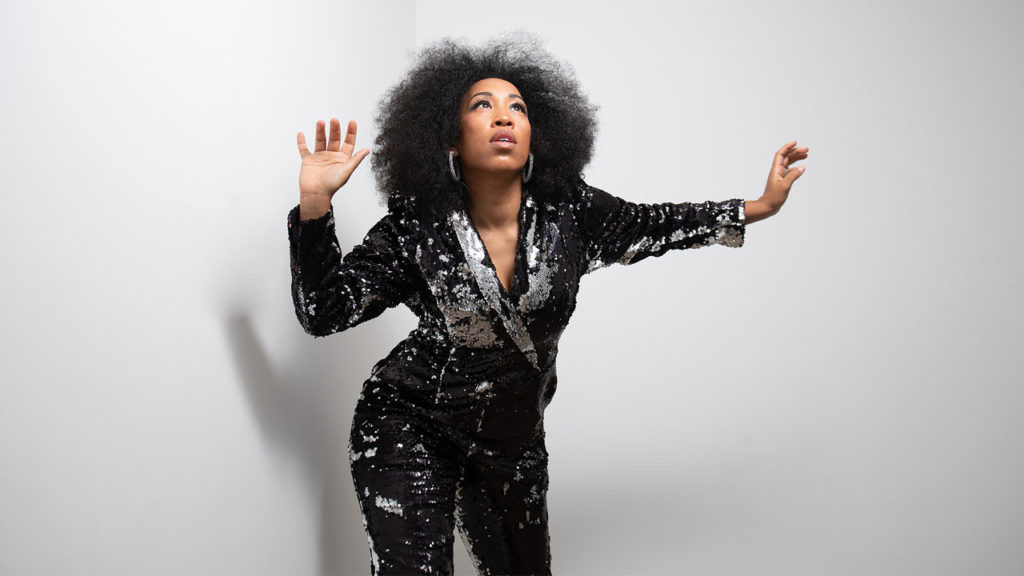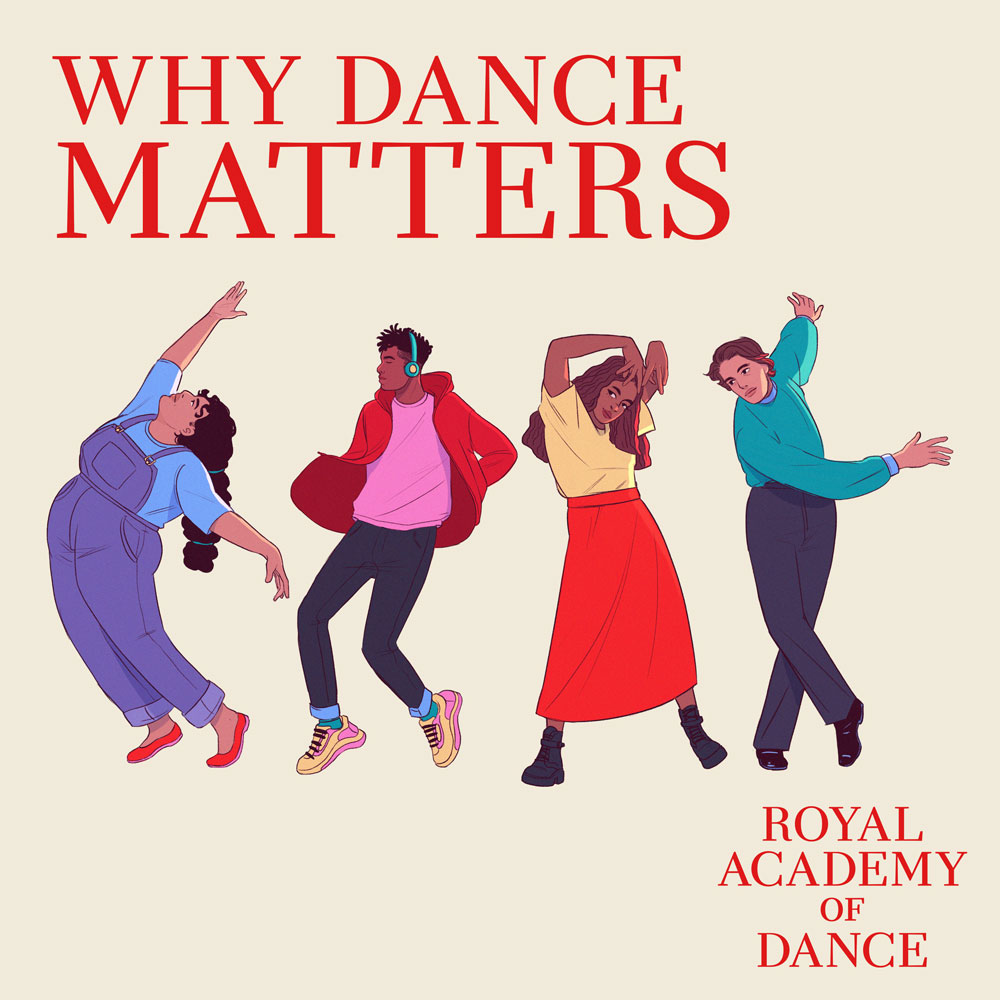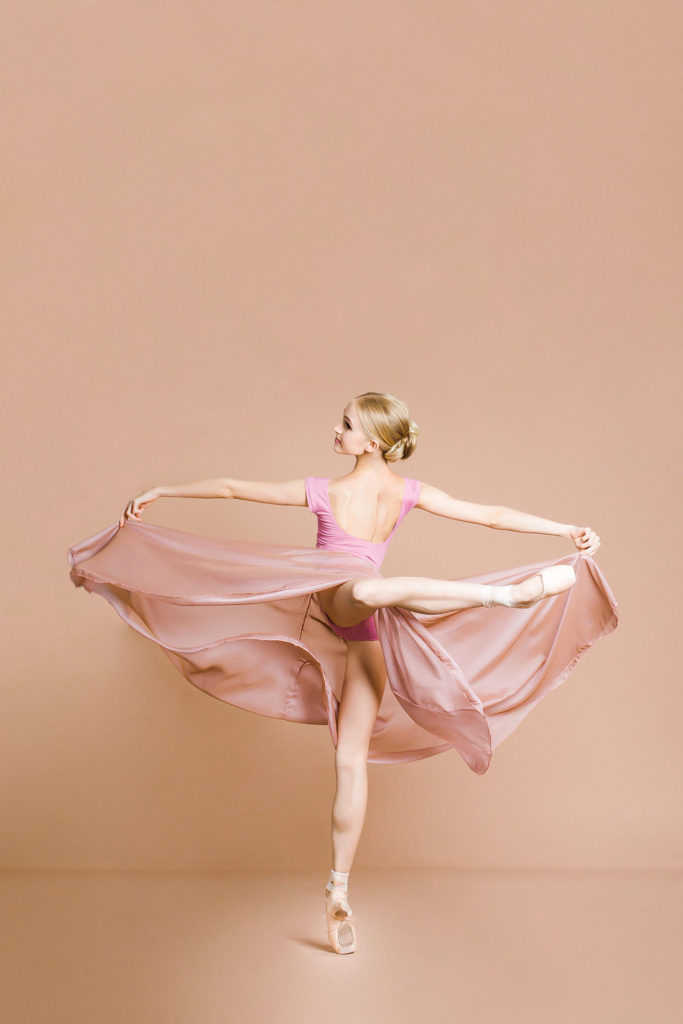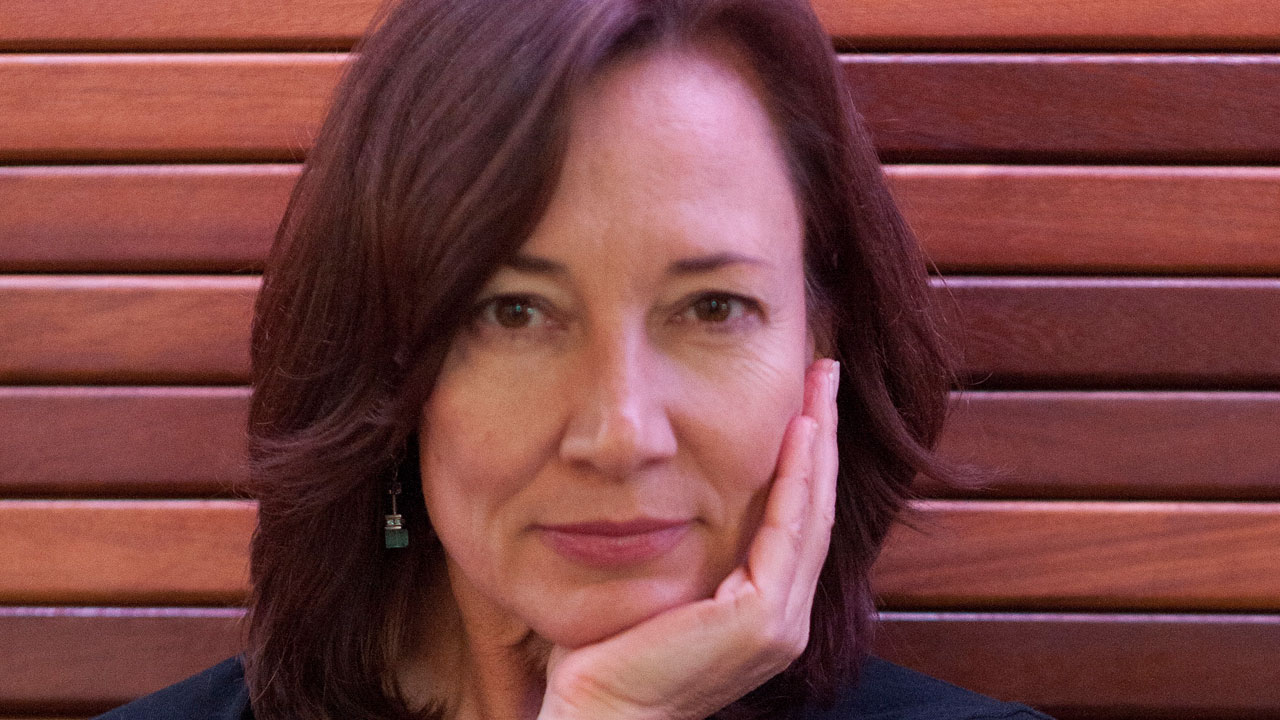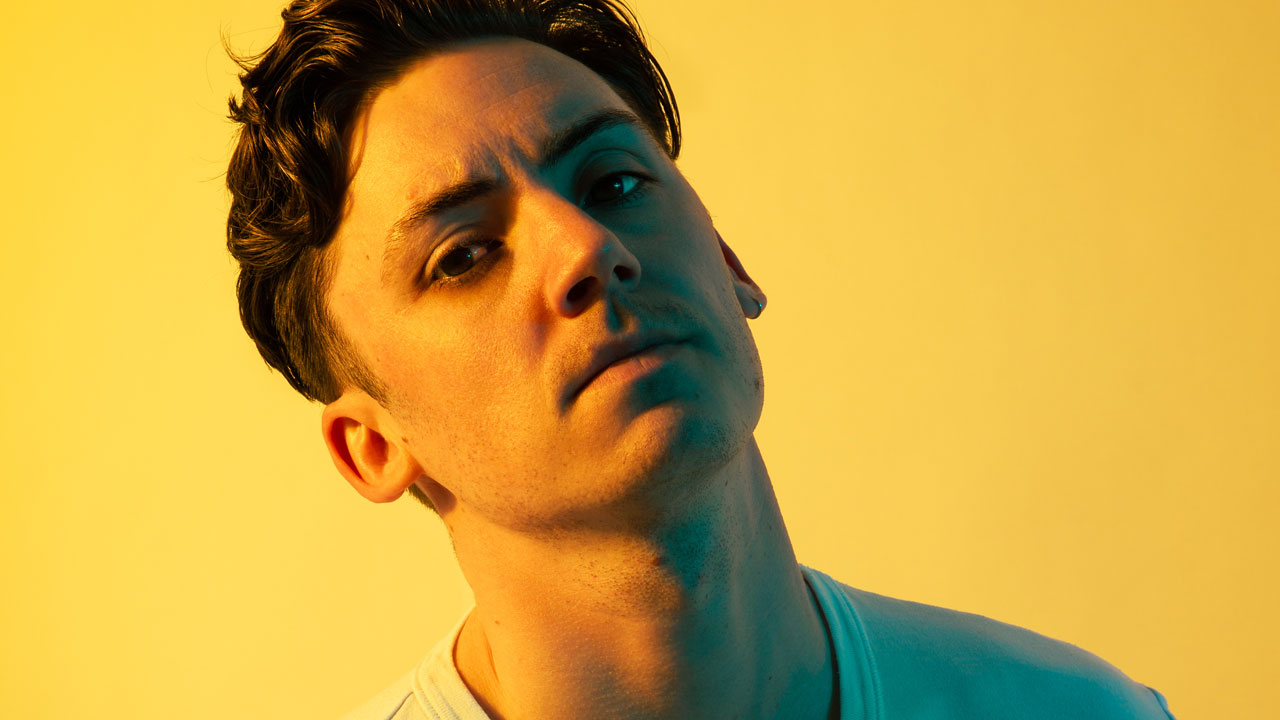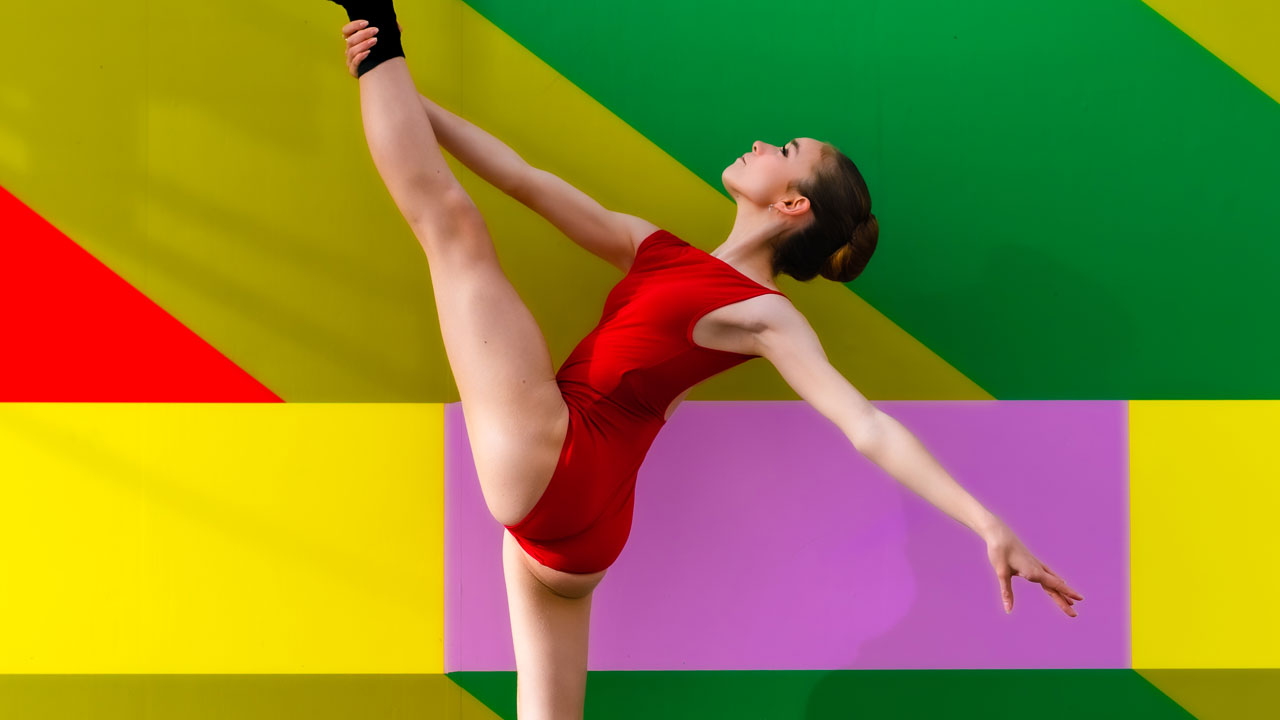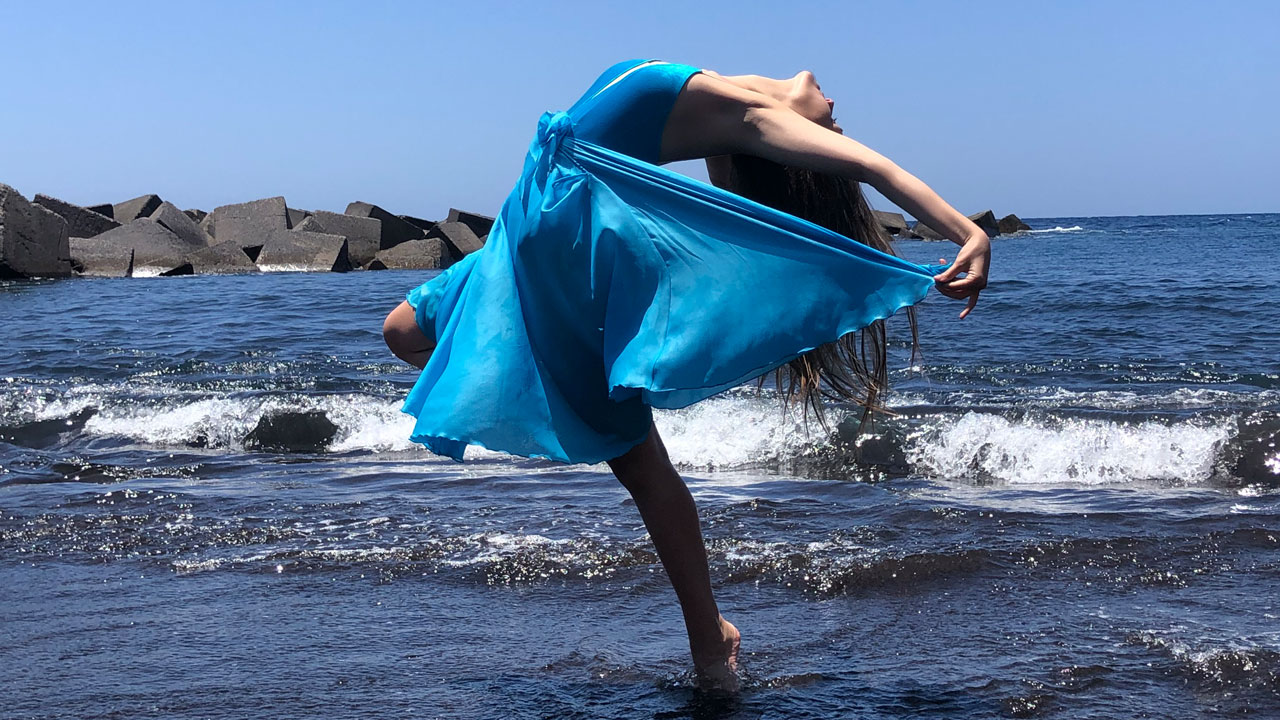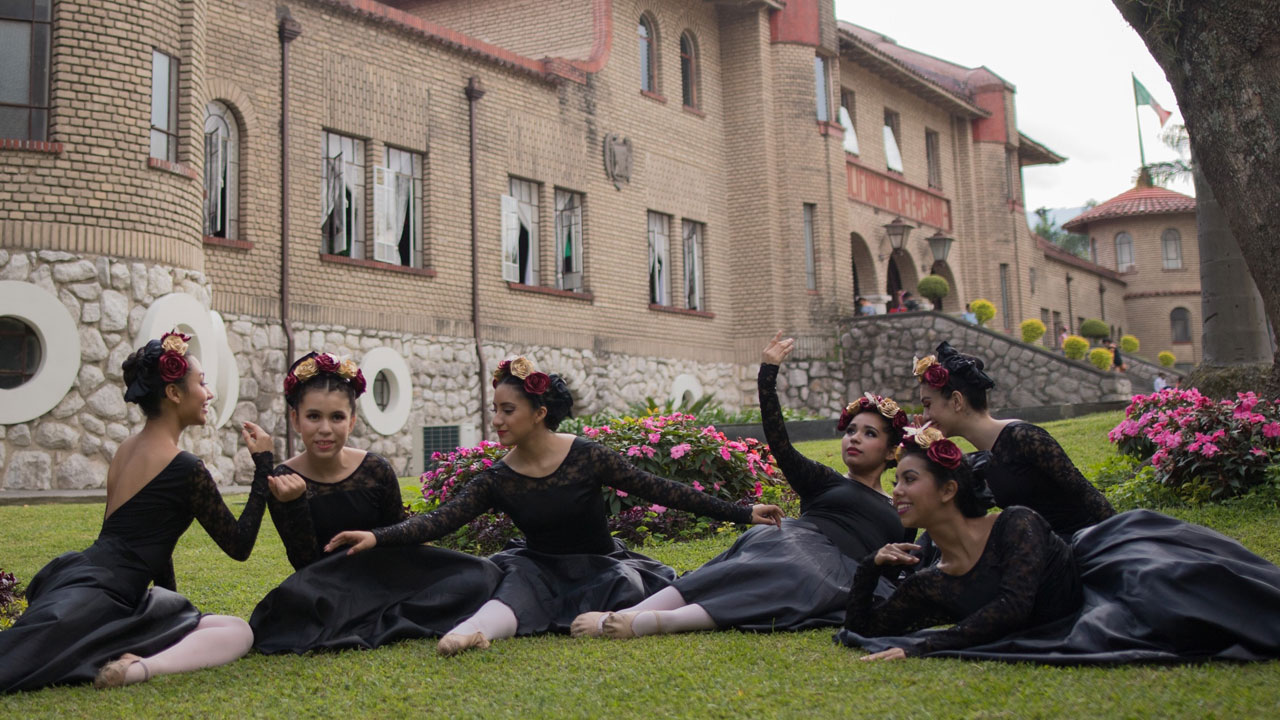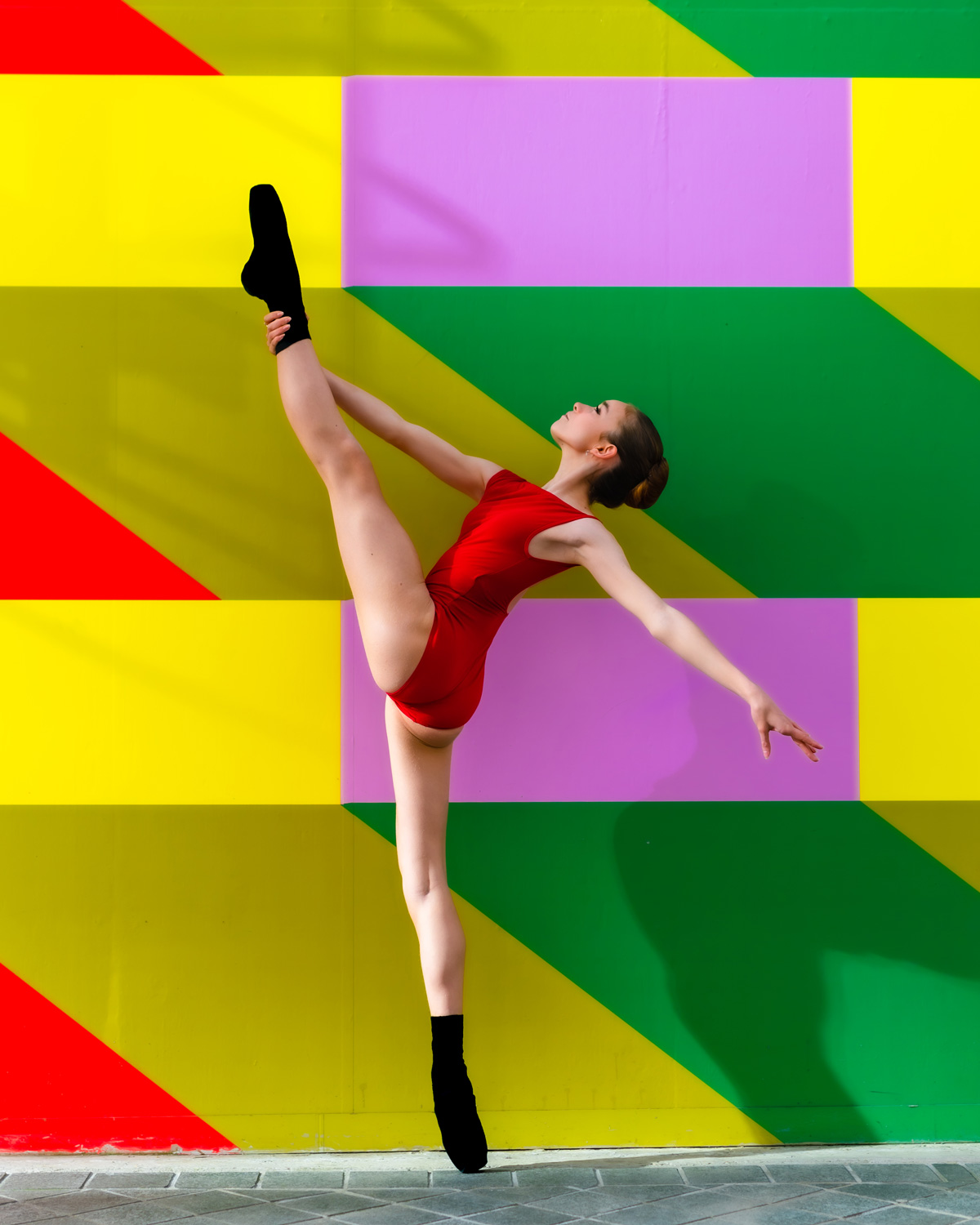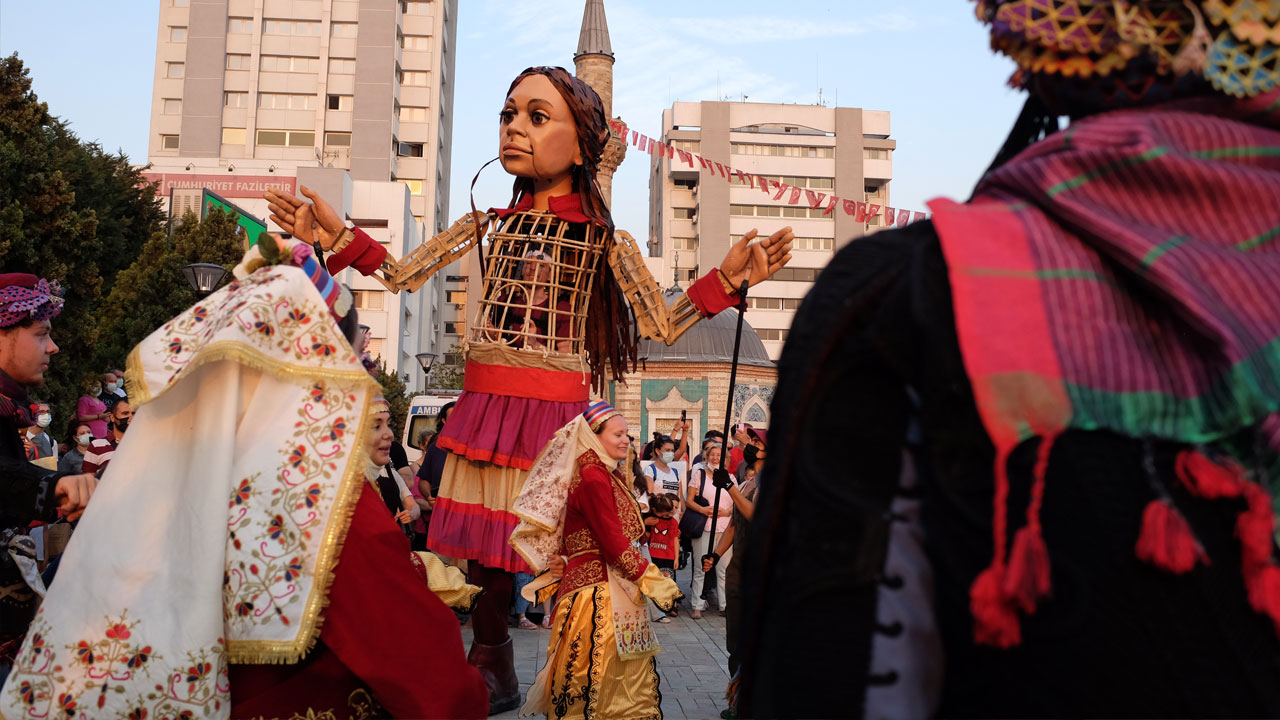This year, The Margot Fonteyn International Ballet Competition was held entirely online for the first time in its history.
After remote coaching and masterclasses from world-renowned teachers and choreographers, the competition final saw the coveted Genée Gold Medal awarded to New Zealand dancer Alice McArthur, trained by Auckland Academy of Dance and currently Sarah Abendroth at John Cranko School. In a touching coincidence, Alice’s success comes over 30 years after her mother was awarded the silver medal in London.
Australian dancer Milei Lee won the silver medal. Milei has been trained by RAD teachers Liane McRae and Janne Blanch, and English National Ballet School. Bronze medals were presented to British dancer Hannah Martin, trained by RAD teacher Mary Goodhew, and to Australian dancer Amelia Soh, trained by RAD teachers Jasmin Bobyk, Paris Bobyk and Celine Bobyk. The Dancer’s Own Choreographic Award was won by British dancer Olivia Chang Clarke for her self-choreographed solo Rain of tears.

Australian dancer Amber Mitchell-Knight, trained by RAD teacher Susan Sargison and the National Theatre Ballet School, won this year’s Audience Choice Award, generously supported by the Dame Margot Fonteyn Scholarship Fund. The online vote was held over a 72-hour period, so viewers in all time zones could choose their favourite dancer.
The 15 young dancers were judged by Dame Darcey Bussell, President of the RAD, Director of the Royal Ballet Kevin O’Hare, CEO and Artistic Director of Scottish Ballet Christopher Hampson and Irek Mukhamedov, Ballet Master at the Paris Opéra Ballet. Each dancer performed a 19th- or 20th-century classical variation, a contemporary solo choreographed by or for them (Dancer’s Own), a commissioned solo by choreographer Ashley Page and set class exercises.
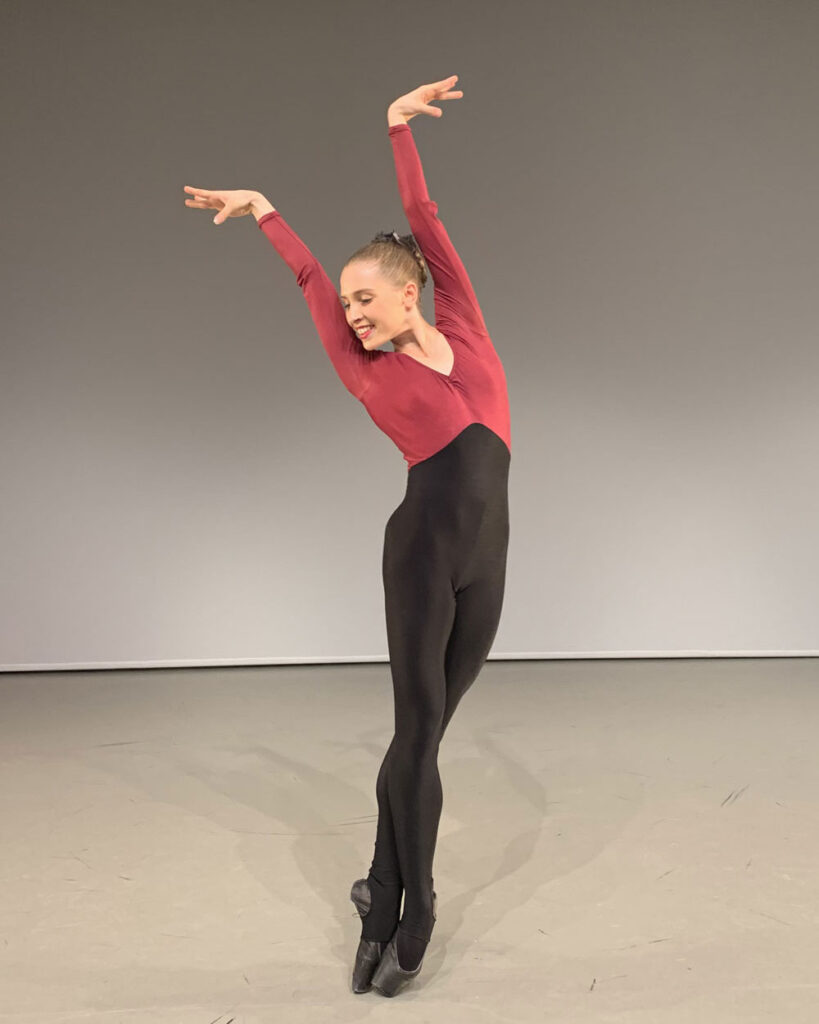
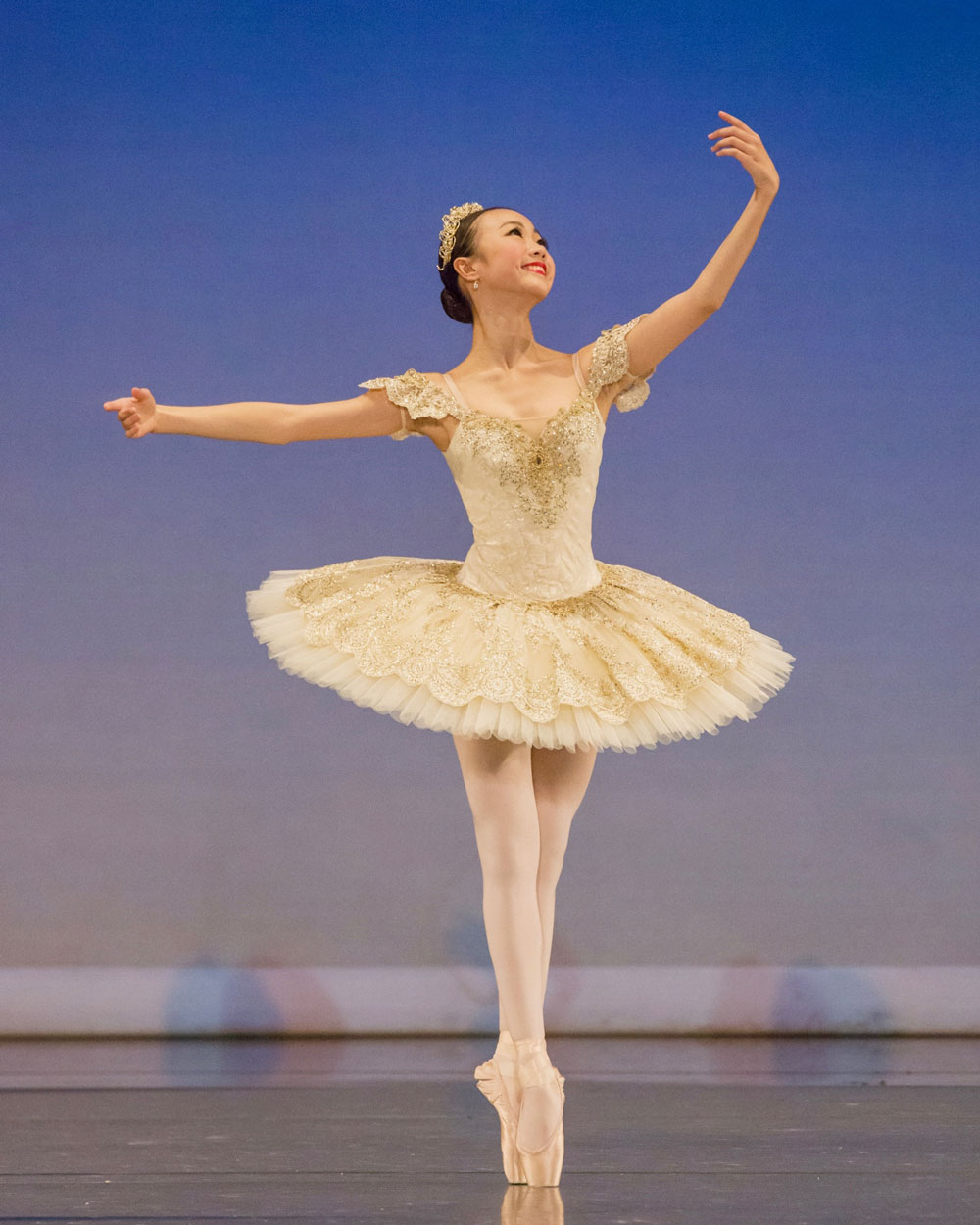
Gerard Charles, Artistic Director of the RAD said: ‘I am so pleased that we were able to make the competition happen this year, after what has been an incredibly challenging time for dance students and teachers. It has been so inspiring to see these young dancers surmount unforeseeable challenges of separation, closed studios and lockdowns, just to take part in the competition, let alone take home a medal. This is a true testament to how deeply they value dance.’
The RAD welcomed a record number of applicants, thanks to a new format designed to widen access to this prominent competition. In the early stages, the RAD delivered one-to-one online coaching for 114 dancers from 18 countries. The coaches, all leading professionals, included former Royal Ballet Principals Edward Watson and Leanne Benjamin, Miguel Altunaga from Rambert and Amber Scott, Principal with the Australian Ballet. All the solos of the 15 chosen finalists will be sent to artistic directors of leading international companies, providing a potentially crucial stepping stone in their career path.
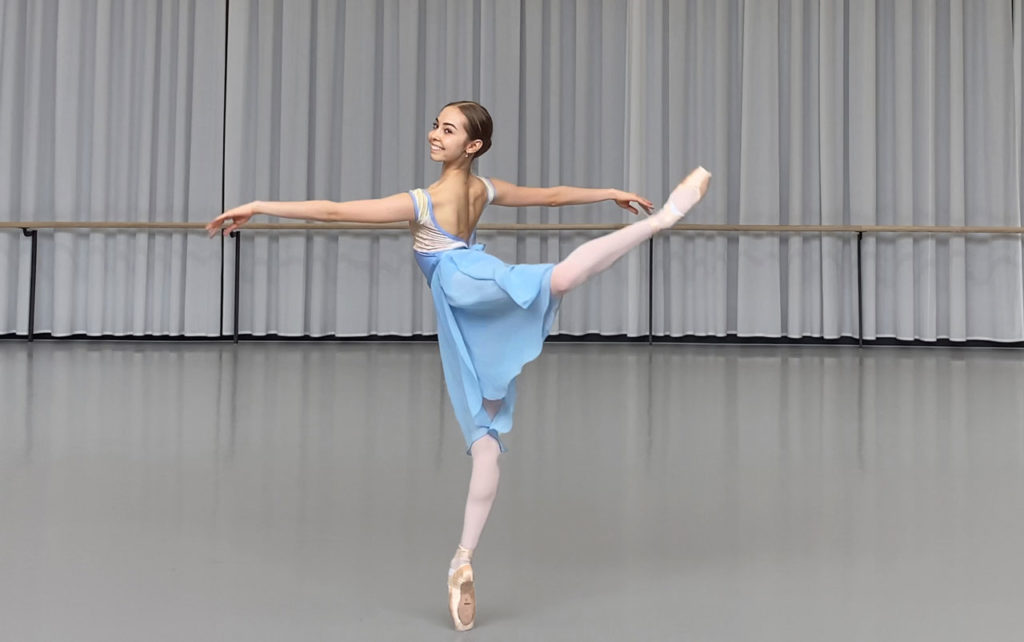
Watch
Meet the Fonteyn finalists
Watch
Bronze medallist Hannah Martin on her journey to the final


